COWLEY PUBLICATIONS is a ministry of the brothers of the Society of Saint John the Evangelist, a monastic order in the Episcopal Church. Our mission is to provide books and resources for those seeking spiritual and theological formation. COWLEY PUBLICATIONS is committed to developing a new generation of writers and teachers who will encourage people to think and pray in new ways about spirituality, reconciliation, and the future.

Trustworthy Connections
Trustworthy Connections
Interpersonal Issues in Spiritual Direction

Anne Winchell Silver

A Cowley Publications Book
Published by Rowman & Littlefield Publishers, Inc.
A wholly owned subsidiary of The Rowman & Littlefield Publishing Group, Inc.
4501 Forbes Boulevard, Suite 200, Lanham, Maryland 20706
http://www.rowmanlittlefield.com
Estover Road, Plymouth PL6 7PY, United Kingdom
Copyright 2003 by Anne Winchell Silver
All rights reserved. No part of this book may be reproduced in any form or by any electronic or mechanical means, including information storage and retrieval systems, without written permission from the publisher, except by a reviewer who may quote passages in a review.
British Library Cataloguing in Publication Information Available
Library of Congress Cataloging-in-Publication Data
Silver, Anne Winchell, 1948
Trustworthy connections : interpersonal issues in spiritual direction / Anne Winchell Silver.
p. cm.
Includes bibliographical references.
ISBN 978-1-56101-252-7 (pbk. : alk. paper)
1. Spiritual direction. 2. Interpersonal relationsReligious aspectsChristianity. I. Title
BV5053.S55 2004
253.53dc22
2003027092
Scripture quotations are taken from The New Revised Standard Version of the Bible, 1989, by the Division of Christian Education of the National Council of the Churches of Christ in the United States of American. Used by permission.
Cover design: Gary Ragaglia
 The paper used in this publication meets the minimum requirements of American National Standard for Information SciencesPermanence of Paper for Printed Library Materials, ANSI/NISO Z39.48-1992.
The paper used in this publication meets the minimum requirements of American National Standard for Information SciencesPermanence of Paper for Printed Library Materials, ANSI/NISO Z39.48-1992.
Printed in the United States of America
For David
Your life was a blessing
Contents
Acknowledgements
This book came into being under difficult circumstances. While I was preparing it for publication, my husband, David, was diagnosed with cancer, received treatment, and died. I am profoundly grateful to everyone who sustained us with their prayers and caring during that indescribable time. Those who contributed most directly to the book include:
 William Doubleday, who inspired me to get this project started and helped it take shape;
William Doubleday, who inspired me to get this project started and helped it take shape;
 K. Jeanne Person and Jonathan Linman, whose thoughtful suggestions led to major revisions;
K. Jeanne Person and Jonathan Linman, whose thoughtful suggestions led to major revisions;
 Susan M. S. Brown, who guided the manuscript into its completed form;
Susan M. S. Brown, who guided the manuscript into its completed form;
 Jane Sullivan, Marilyn Anderson, Judith Brilliant, Ilene Rubenstein, Mary Ann Archer, Gayle Greene Watkins, Jane Gaeta, and Gillian Thomas, the spiritual direction and counseling colleagues who commented on early versions of these chapters;
Jane Sullivan, Marilyn Anderson, Judith Brilliant, Ilene Rubenstein, Mary Ann Archer, Gayle Greene Watkins, Jane Gaeta, and Gillian Thomas, the spiritual direction and counseling colleagues who commented on early versions of these chapters;
 my peer supervision group, from whose shared experiences I derived many of the examples in the book;
my peer supervision group, from whose shared experiences I derived many of the examples in the book;
 my directees, with whom and from whom I continue to learn most of what I know about spiritual direction;
my directees, with whom and from whom I continue to learn most of what I know about spiritual direction;
 Audrey Williams, Pamela Bakal, Margaret Guenther, Douglas Brown, OHC, and Geoffrey Tristram, SSJE, who have served as models of spiritual direction for me;
Audrey Williams, Pamela Bakal, Margaret Guenther, Douglas Brown, OHC, and Geoffrey Tristram, SSJE, who have served as models of spiritual direction for me;
 Rita W. Clark, from whom I learned about the healing power of good boundaries;
Rita W. Clark, from whom I learned about the healing power of good boundaries;
 Josh Silver, who provided the time and technology I needed to work on this book in the darkest of seasons;
Josh Silver, who provided the time and technology I needed to work on this book in the darkest of seasons;
 Marjorie and William Winchell, who were the first to show me what faith, commitment, and connection mean;
Marjorie and William Winchell, who were the first to show me what faith, commitment, and connection mean;
and especially
 David Bublick Silver, who supported me and cherished me and tried so hard to live long enough to see this book published.
David Bublick Silver, who supported me and cherished me and tried so hard to live long enough to see this book published.
Introduction
I never planned to be a spiritual director. In fact, Id worked as a counselor in a large urban community college for a quarter of a century before I even realized that spiritual direction existed. For all those years I helped students consider the goals they wanted to pursue and figure out how to handle the psychological, educational, and socioeconomic challenges that might stand in the way of their achieving them. I even taught first-year seminars and courses called career and life planning, in which I explained how to make career choices by assessing ones interests, abilities, and values; collecting information about jobs and the job market; examining personal circumstances; and then making carefully reasoned decisions based on all that information. I loved working with the students, had attained tenure and full professorship, and thought Id try to stay at the college for another quarter of a century.
Hah. There was nothing carefully reasoned about what happened next. Somewhere around my twenty-eighth year on the job, I found myself unable to resist enrolling in a spiritual direction program at the General Theological Seminarys Center for Christian Spirituality. All of a sudden I was a fifty-year-old student with a subway pass and a backpack full of textbooks. Some of my friends and colleagues saw this move as a bold and admirable midlife transformation. Others thought I must be crazy. And none of them had ever heard of spiritual direction either, until I told them about it.
When I first felt called to offer spiritual direction, I was curious about how it differed from counseling and psychotherapy. My previous training had given me familiarity with treatment goals, diagnostic criteria, and solution-focused interventions. But from my experience of being a directee, it was clear to me that spiritual direction did not proceed along those lines at all. I was fascinated by the books that helped me learn about the prayerful, contemplative, and theological aspects of spiritual direction. I was awed by the idea that in the direction meeting, God is the real director. But even given divine involvement in the process, I supposed it wouldnt hurt for me to try to find out more about the down-to-earth framework of human relating within which spiritual direction takes place.
Next page


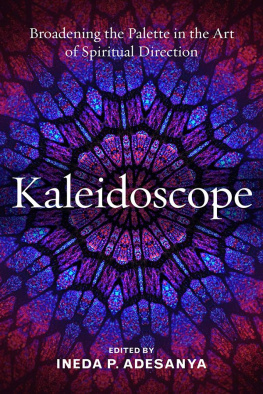
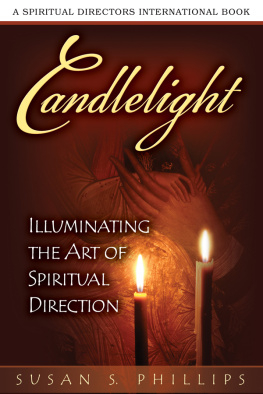
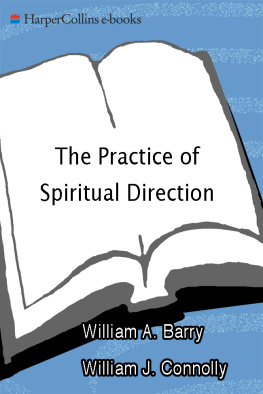

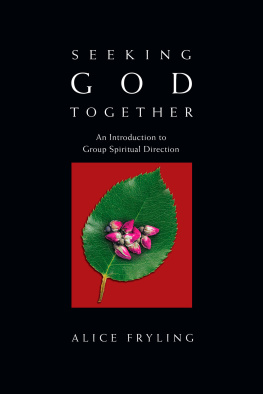
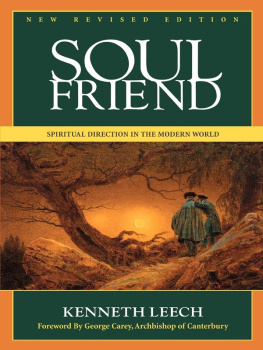
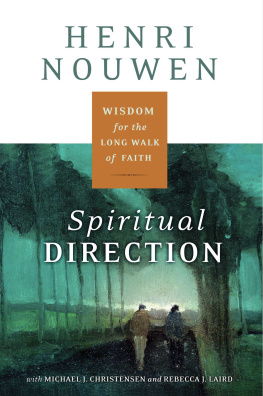
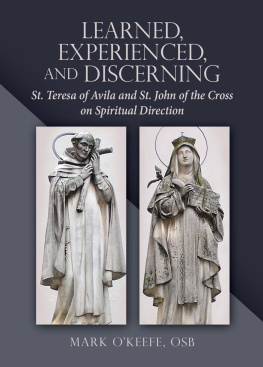


 The paper used in this publication meets the minimum requirements of American National Standard for Information SciencesPermanence of Paper for Printed Library Materials, ANSI/NISO Z39.48-1992.
The paper used in this publication meets the minimum requirements of American National Standard for Information SciencesPermanence of Paper for Printed Library Materials, ANSI/NISO Z39.48-1992. William Doubleday, who inspired me to get this project started and helped it take shape;
William Doubleday, who inspired me to get this project started and helped it take shape;